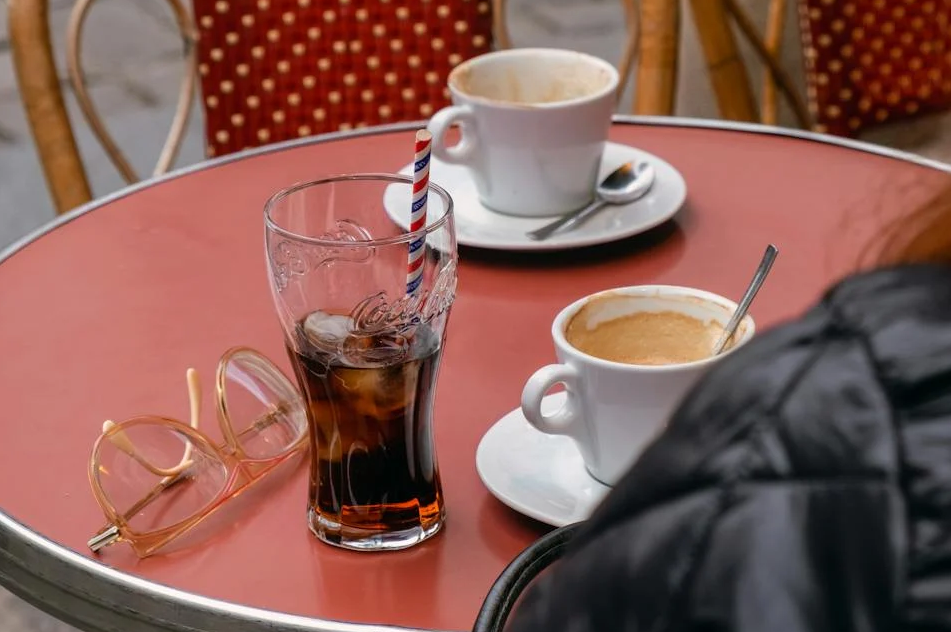The Dutch soda market is facing several challenges and changes this year. Bad weather has kept people away from terraces, traditionally a popular spot for enjoying sodas. Moreover, the new Dutch sugar tax is making sodas more expensive. These changes are creating a challenging environment for soda brands and outlet owners who are already facing decreased margins due to inflation and costs of raw materials. This article provides an overview of current price dynamics, market segment movements, and regional consumption patterns, offering valuable insights to help businesses navigate this changing landscape.
Price dynamics
The introduction of the sugar tax has significantly impacted soda prices, with increases ranging from 9 cents per liter to 26 cents per liter. This shift is putting additional financial strain on both soda brands and outlet owners. The increased costs directly result from the tax, making it increasingly challenging for businesses to absorb these expenses without passing them on to consumers.
Data from our Market Monitor, which tracks listed prices in outlets, confirms a steep increase due to the higher tax. For example, prices of bitter lemon, regular cola, ginger ale, still ice tea, and tonic have seen an average rise of 5% from October 2023 to January 2024. Still ice tea experienced the largest increase, while ginger ale saw the smallest.
Movements in categories
Despite these challenges, sodas remain a standard in the eat and drink segments, where they are still most commonly sold. The overall sugar-free share of the market has increased steadily over the past years with Coca Cola Zero and Pepsi Max leading the charge. Interestingly, our data shows a decline in numeric distribution for some regular soda brands, accompanied by almost equal increases in their zero-sugar counterparts. For example, regular Red Bull decreased by 1%, while Red Bull Sugar Free and Zero increased by a total of 0,7%.
The recent popularity of ginger beer appears to stay, with 5,8% more outlets who now do sell ginger beer but did not sell it a year ago. Additionally, Vitamin water from for example Sourcy and Kombucha are gaining traction, with a 1% increase in numeric distribution compared to last year. Conversely, energy drinks and regular cola are being sold less frequently in outlets compared to a year ago.

Roamler newsletter
Get the latest insights, innovations, and opportunities when it comes to efficiency for your business.
Regional differences
Consumption patterns vary significantly across different regions in the Netherlands. When looking at the soda’s bitter lemon, regular cola, ginger ale, still ice tea, and tonic, Drenthe leads in overall soda consumption, with an average numeric distribution of 81% of these soda’s in eat and drink locations. Both still ice tea and ginger ale are most popular in Drenthe, with numeric distributions within the soda category of 63% and 74%, respectively.
In contrast, Groningen reports the lowest overall consumption, with a notable decline in the numeric distribution of still ice tea, down by around 7% since last year. These regional differences highlight the diverse consumer preferences and market conditions across the country.
Conclusion
The Dutch soda market is navigating a period of significant change. The sugar tax has led to notable price increases, challenging both brands and outlet owners. Despite these hurdles, there are emerging trends and shifts within the market that present new opportunities. Understanding these dynamics, especially the regional differences and changing consumer preferences, is crucial for businesses aiming to adapt and thrive in this evolving landscape.

